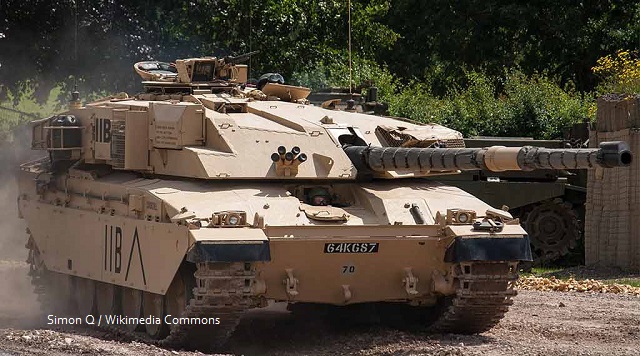U.S. Intelligence Says Ukraine’s Offensive a Failure
By Center For Security Policy

The US intelligence community says Ukraine’s offensive has failed by not reaching its stated objective, to take the city of Melitopol.
According to a report in the Washington Post, Ukraine has sought to cut off Crimea from Russia’s army in southern Ukraine. In parallel to that, Ukraine, with US and British help, has been attacking the Kerch Strait bridge that connects Russia to Crimea. While these attacks have damaged the roadway of the bridge, it is still in use.
In fact, the critical fighting is around the village of Robotyne, which is more than 5o miles (80.5 kilometers) from Melitopol. Here the Ukrainians have committed their best-trained strategic reserve forces, including the Ukrainian 82nd Airborne.
Using Western equipment – British Challenger II tanks, Marder (Schützenpanzer Marder 1) infantry fighting vehicles, US Stryker eight-wheeled tanks, Bradley Infantry fighting vehicles and US-built Mine Resistant Ambush Protected heavily armed transports (MRAPs) – the objective was to break through Russian defenses and race to Melitopol.
While the Ukrainians made some temporary gains, these attacks have been extremely costly in men and material. For the most part, the Russians have rolled back the attacking forces.
(If you want to amuse yourself, there are countless stories online that say the Challenger tanks will roll right through the Russians. It hasn’t happened.)
Committing reserves to the battle is a desperate move by Ukraine’s army. Should the reserves take heavy losses, as now seems to be the case, they won’t remain effective fighting units. This could doom Ukrainian plans to continue the war.
Ukraine has no manpower to replace its strategic reserves. Most of the pool of educated youths who might be drafted either bribed their way out of recruitment or left the country.
Zelensky this week fired all the military recruiters in the country. He is trying to enlist the army to carry out recruitment drives in the country, using whatever means necessary. There is now talk about grabbing men 40 years old or older for the war machine; many of the soldiers seen in the field appear already over-aged.
Even if Ukraine manages to scrape up men for the army, without training they are more a burden than anything else. Furthermore, scraping the bottom of the barrel brings in unreliable soldiers who may not want to fight.
That’s a critical problem for Ukrainian officers and non-commissioned officers (NCOs), who not only need to bring recruits up to speed but also must convince them to step into the “meat grinder” and risk their lives. Even now there are examples of units that have refused to participate in engagements they regarded as suicidal.
The Russian strategy has been one of active defense in almost all sectors. The exception is in the Kharkiv oblast, where the Russians are rapidly advancing and will soon attack the town of Kupyansk, a key railway hub that Ukraine needs for running ammunition and supplies to its troops in the northeast. Many observers think Kupyansk will fall in the coming week or so.
Russia says it has not started its own offensive, but is preparing to do so. It has gathered around 100,000 troops in the northeast that could be deployed in a coming offensive. Convoys of equipment have also been seen and filmed, so the buildup process is underway. What is less clear is where Russia is going.
Some think that Russia will aim for Kharkiv, the second-largest city in Ukraine. However, the Russian army has other options: it could try and trap Ukraine’s main army from the north and south, once the Ukrainian offensive peters out. This would endanger the country and could trigger an existential crisis for Kiev.
AUTHOR
Stephen Bryen
Senior Fellow
RELATED ARTICLES:
EDITORS NOTE: This Center for Security Policy column is republished with permission. ©All rights reserved.

This article is courtesy of DrRichSwier.com, an online community of citizen journalists, academics, subject matter experts, and activists to express the principles of limited government and personal liberty to the public, to policy makers, and to political activists. Please visit DrRichSwier.com for more great content.

